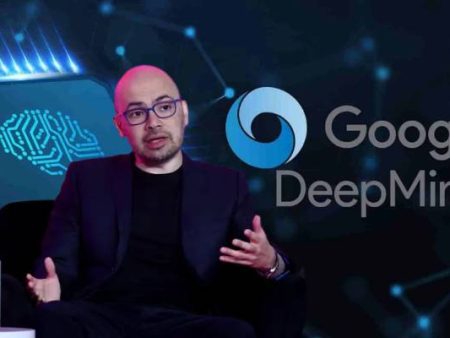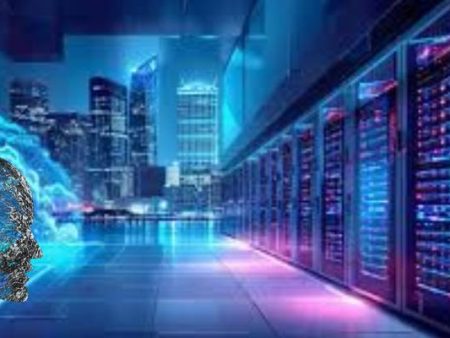OpenAI just made a power move — literally. In a sweeping new partnership with Broadcom, the AI giant plans to co-develop 10 gigawatts of custom accelerators and rack systems, aiming to cut dependency on third-party chips and supercharge its computing infrastructure.
The deal, as first detailed in Tom’s Hardware, marks one of the largest private chip collaborations in tech history.
Here’s the wild part: OpenAI isn’t just ordering chips; it’s designing them. Broadcom will build and deploy the silicon, while OpenAI leads the architectural design, folding in what it’s learned from training models like GPT-5 and Sora.
There’s a clear subtext here — OpenAI wants to own every layer of its AI stack, from the model code to the physical circuits pulsing underneath.
And honestly, who can blame them? Control the hardware, and you control your destiny.
The plan stretches to 2029, but the first phase rolls out in 2026.
As TechCrunch reported, the collaboration could help OpenAI avoid the chip shortages that have throttled competitors like Anthropic and xAI.
Still, the logistics are dizzying — powering 10 GW of compute is roughly the equivalent of 10 nuclear reactors.
That’s a staggering energy footprint, and one that forces serious questions about sustainability.
What really caught my attention is how Greg Brockman mentioned that OpenAI used its own AI models to optimize the chip designs, discovering tweaks that would’ve taken human engineers weeks to identify.
There’s something almost poetic about AI designing the next generation of its own hardware — like a self-fulfilling prophecy wrapped in silicon.
Not everyone’s thrilled, though. Some analysts, quoted in MarketWatch, think the hype may outpace the hardware.
Designing chips is brutally hard; bringing them to market profitably, even harder.
Nvidia’s grip on the AI GPU world didn’t happen by luck — it’s the result of decades of ecosystem lock-in, and OpenAI will need to fight that inertia head-on.
The cultural shift inside OpenAI is just as intriguing. It’s starting to look less like a pure software lab and more like an industrial AI powerhouse — think of what Google did with its TPUs, but on steroids.
Even analysts from India’s Times of India noted that this is OpenAI’s bid to “be its own Google,” though that may rub some Silicon Valley veterans the wrong way.
Still, amid all the corporate posturing, there’s an electric excitement humming beneath this story.
We’re watching AI infrastructure evolve in real time — and this partnership, whether it soars or stumbles, will shape the backbone of the next decade’s intelligence economy.
Sure, it’s a gamble. But as gambles go, this one feels almost inevitable.


